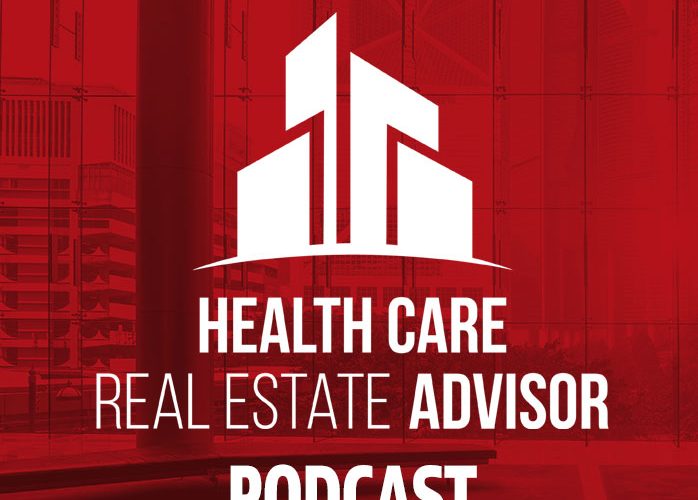Using Existing Health Care Assets to Advance Social Determinants
Using Existing Health Care Assets to Advance Social Determinants Few hospitals and health systems currently have plans in place to address social determinants of health (“SDOH”) in their communities, but more aim to structure their policies, programs, and initiatives to better address these issues in coming years. As providers brainstorm ways to structure and implement…
Read MorePodcast: Play in new window | Download
Subscribe: RSS

